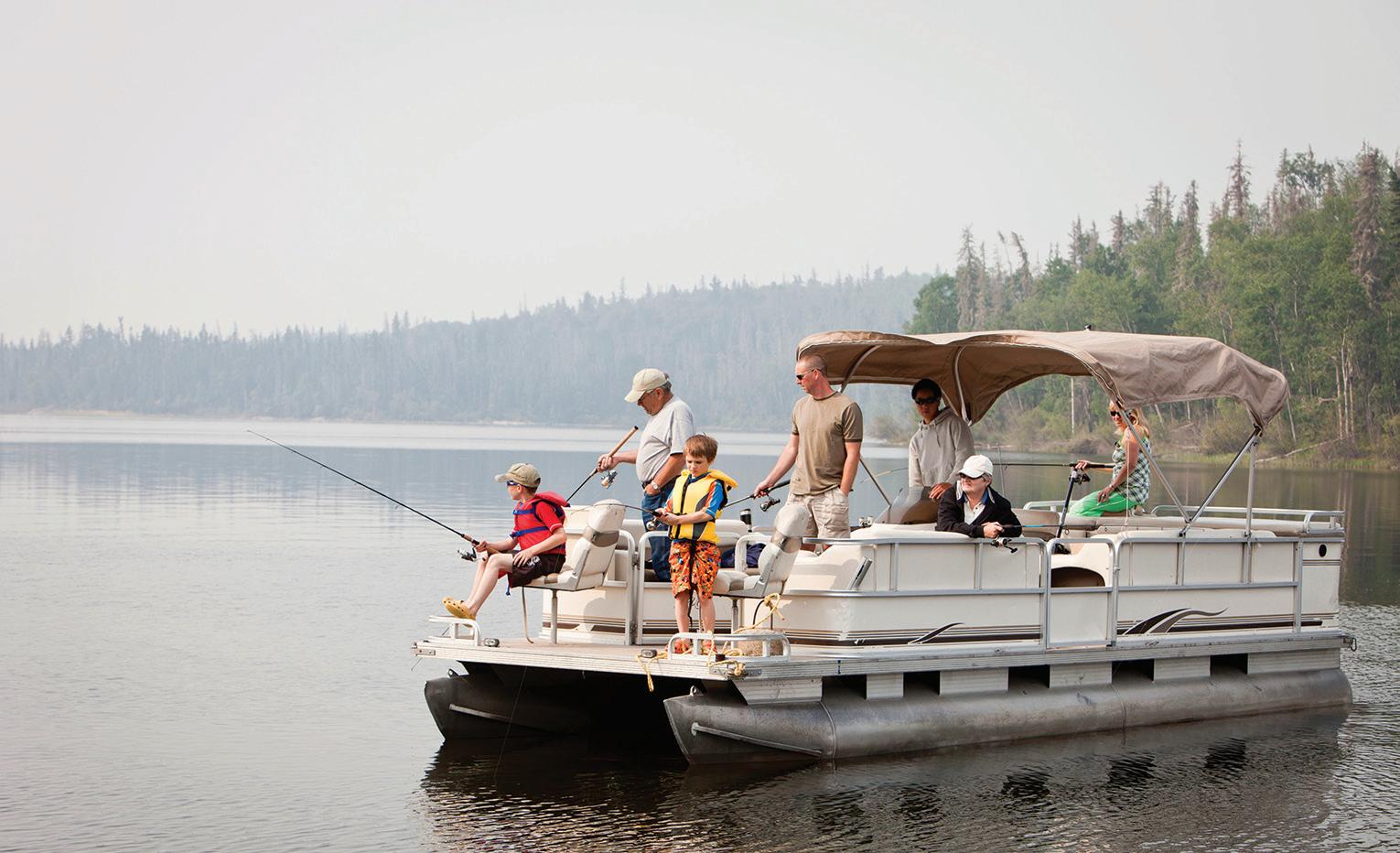
2 minute read
Debunk myths and dive into water safety this summer with expert tips
because they are struggling to breathe. This underscores the importance of swim safety.
Myth – Drowning takes several minutes to occur. Drowning can happen in seconds, so it’s critical to consistently watch children in the water - even if they know how to swim. Watch kids closely because drowning can happen in the time it takes to send a text message.
Advertisement
Myth – Parents can teach their kids to swim and lessons aren’t needed. While supporting your child and encouraging water safety is important, teaching kids to swim is best left to trained instructors. Learning to swim from a qualified instructor reduces the drowning risk by 88% among children ages 1 to 4, according to the medical journal Archives of Pediatrics & Adolescent Medicine. Caregivers can complement the lessons learned from swim instructors by practicing the skills with their children.
Myth – Floaties and water wings are safe and help kids learn to swim. Parents may think floaties and water wings keep children safe in the water, but they offer a false sense of security. Many children don’t realize that when they remove the water wings, they lose their ability to remain afloat. Two-thirds of parents who have a child ages 14 or under (66%) believe floaties and water wings keep children safe in the water, according to the survey. However, they are not recognized as safe personal flotation devices. Caregivers must keep a constant eye on children in the water to make sure floaties remain on and secure.
Myth – Dry drowning is a danger. Dry drowning is not a medically accepted term and may be misused to refer to other medical conditions, such as pulmonary edema or laryngospasm. Drowning injury is caused by lack of oxygen and respiratory impairment from submersion in water. It doesn’t refer to the amount of water entering the lungs, according to the American Red Cross. To help avoid drowning, families need to enroll kids in swim lessons and practice supervision.
Water safety steps for everyone
Unfortunately, drowning is the leading cause of unintentional death in children ages 1 to 4, and the second leading cause for children ages 5 to 14, according to the CDC. Before jumping into the water, follow these best practices to help keep children safe.
• Enroll your child in swimming lessons. Parents have a responsibility to keep kids safe in the water;
•Keep toys away from water when not in use. These can be distractions for children, who may overreach and accidentally fall in the water;
• Designate a water watcher to keep a close eye on children and put the cell phones down;
• Only practice safe behaviors, such as entering the pool feet first and walking instead of running;
• Avoid breath-holding activities;
• Learn CPR and keep your skills fresh with ongoing training;
• Keep kids hydrated and take frequent breaks from the sun to limit heat exposure; and
• If you have a pool, use multiple layers of protection, such as pool covers, fencing and locked doors.
For more resources and information, visit StepIntoSwim.org.
Learning to swim is a lifesaving skill that empowers children to be confident in the water.





